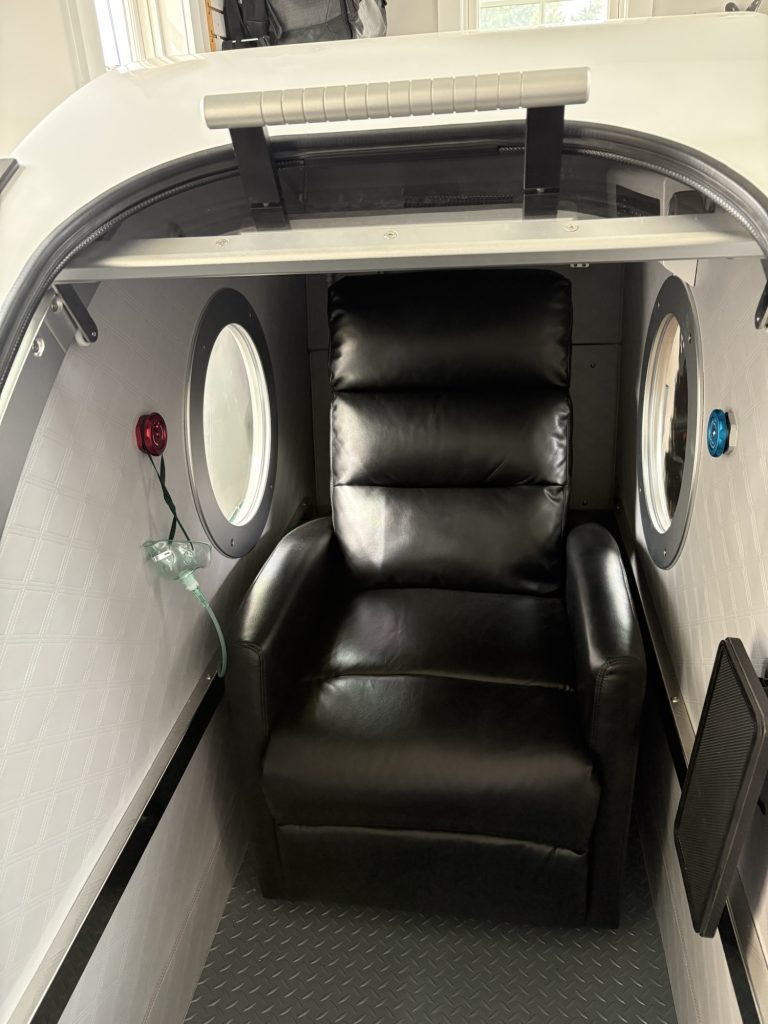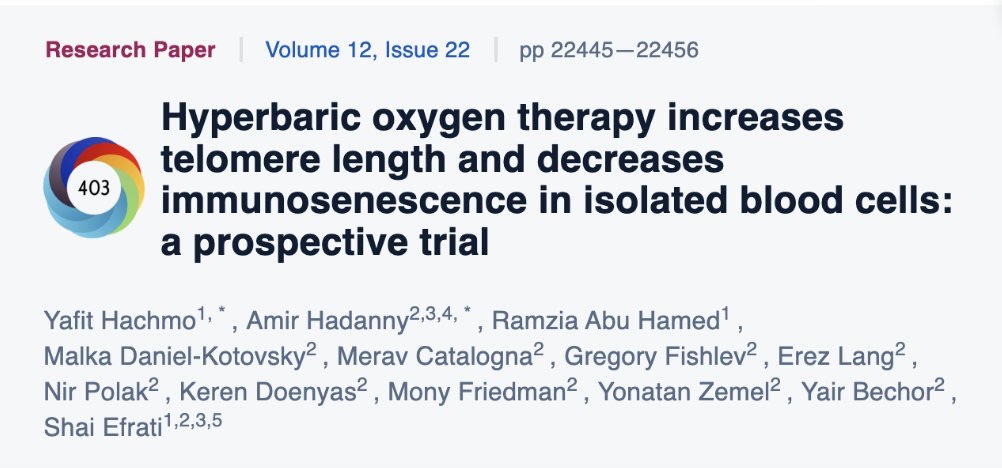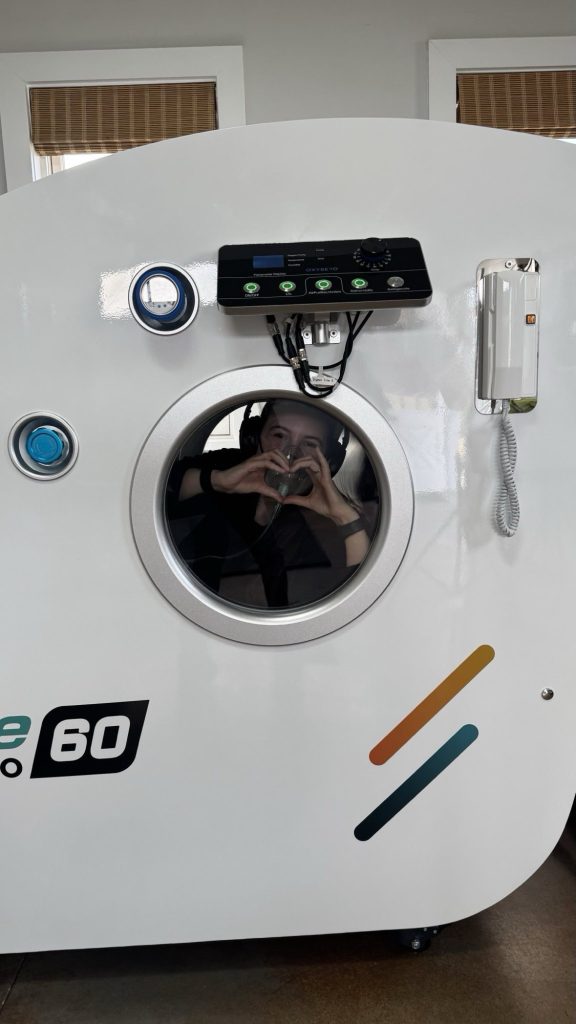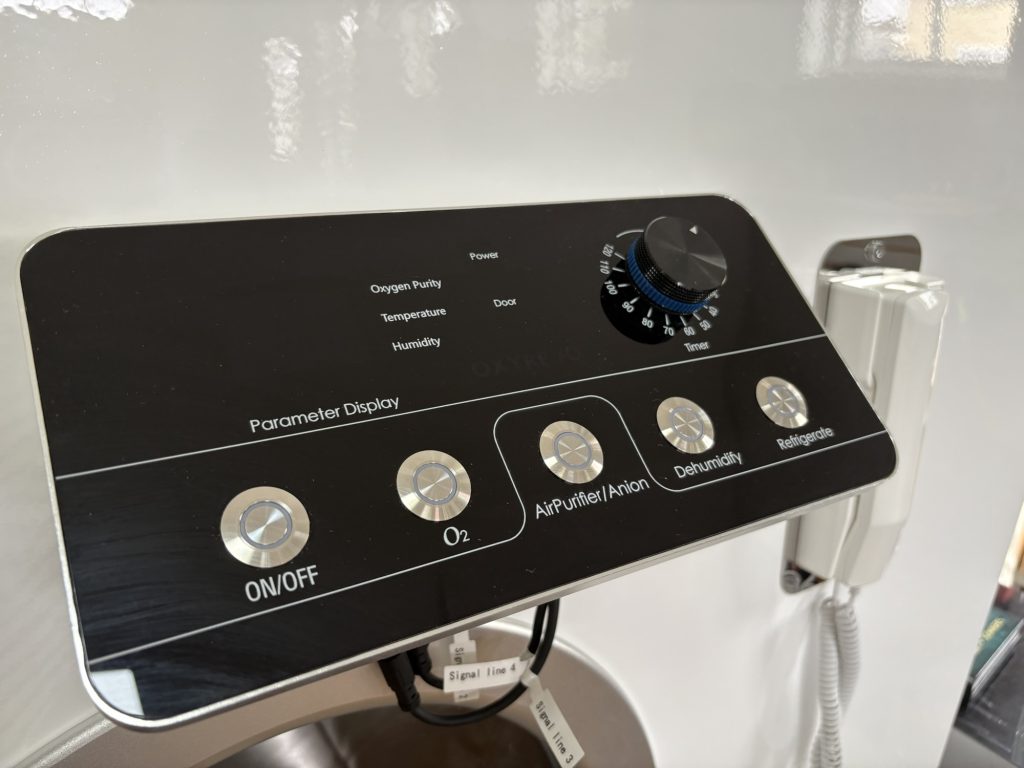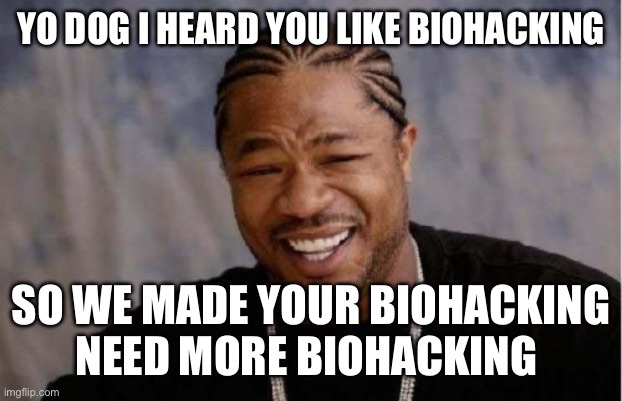We spent a long time at the doctor’s yesterday as Alex and I gutted it out with our excellent physician (with AI assists) through a myriad of different tests. We were attempting to figure out why he keeps getting respiratory infections and why I’m such a tasty treat to skin bacteria.
In truth, my basic inflammatory biometrics have improved so much on the new IL-17a inhibitor Bimzelx that it’s probably worth the hassle of occasionally having to slice open a random effected gland or abscess once a quarter. It’s just a shocking amount of work to do whack mole with pathology reports.
What I don’t seem to be able to improve is my low testosterone and the flavors of migraine headache that come with the roller coaster of my luteal phase. Which is presumably a clue and we are following it.
Astonishingly my lady hormones are in tip top shape. Though the “you should have no trouble getting pregnant if we can get off the medicines that stabilize you” remarks remains a heads trip. Yes I asked.
It is not a head trip that makes one’s husband enthusiastic about the prospect. Which is fair, as we have no family support, no backup plans for me regressing physically, and the family that does support us can’t get to America. So one can see why a CEO husband with sick investor wife who would have to give up work, plus potentially messed up baby, isn’t super appealing. Anyways! TFR is a fun topic.
I started with basic supplements in the precursor category like DHEA and STRO about a year ago when my testosterone came in at a 2 nanograms per deciliter (ng/dL) when it should be somewhere between 9 to 55 nanograms per deciliter (ng/dL). For context, adult men typically have levels in the 240–950 ng/dL.
The one sticky widget is that my testosterone remains stubbornly low. You wouldn’t think such a raging “see you next Tuesday” such as myself would be overburdened with the feminine hormones and lacking in ball buster hormones but I am.
I managed to eke it up to 5 with supplements and nutrition but it really didn’t match my otherwise excellent hormonal profile. Having ruined my chances at a healthy immune system when we tried the first half of IVF, I’ve spent some time working on and with my natural cycles.

I loathe being in my luteal phase but when I’m in my follicular phase I get 90% of my work done. We had presumed it was the rapid decline in estrogen and progesterone but maybe my floor rate testosterone was more of the issue.
For the past 8 weeks I’ve been using a testosterone cream that clicks up your dose and you rub it between your thighs. I know it’s gross. So I was curious to see where I might land. And praise the Lord I am now at 15 ng/dL. From 2 to 5 to 15 is some excellent progress but still below where we’d like me to hit. So we are going to run another test and try out the tiny pellets they slice into your skin. Since I’m already used to scalpels and antibiotics I figure why not?
